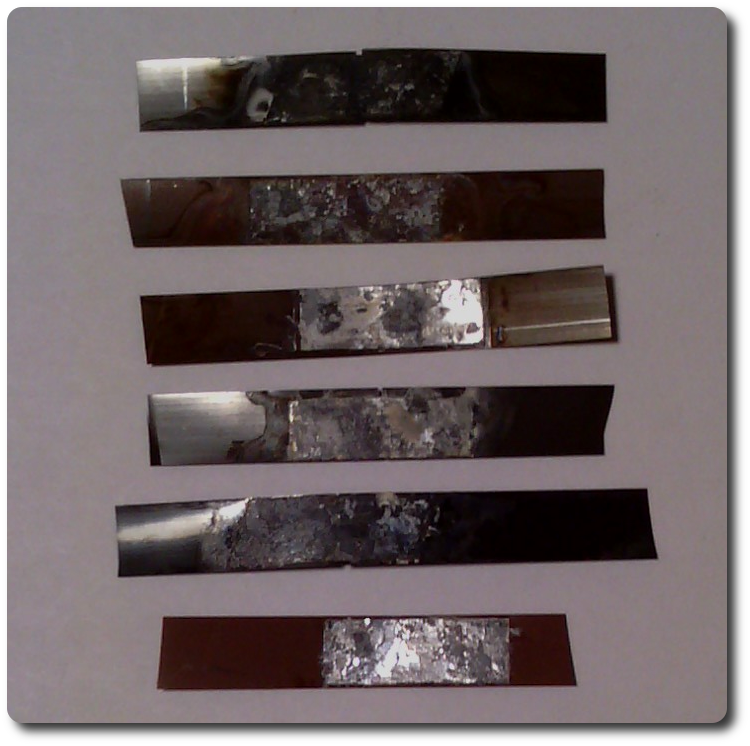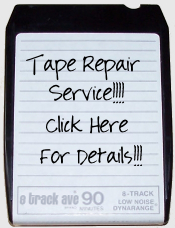Welcome!
Pull up a bean bag chair and stay awhile! 8TrackAvenue.com was created to be a "one stop shop" for the 8 track tape enthusiast. Originally designed to allow people to play their favorite music in their automobiles, the format soon became a staple of home hifi systems throughout the 1970's and early 1980's. Although it gets a bad rap, the 8 track played an important role in hifi history. Up until its introduction in the late 1960's, there was really no truly portable way of playing prerecorded music in your automobile. You were stuck listening to whatever was on the radio. The 8 track tape changed all that.
Unfortunately design flaws, cost cutting measures in later production and improvements in cassette tape design and functionality led to the eventual demise of the format. At least in mainstream America. Just like the old shellac 78's, the 8 track tape has a strong following of vintage audio enthusiasts. Hopefully this website will be a useful tool for the beginning to intermediate 8 track tape enthusiast. And maybe it will lend a little encouragement to those on the fence.
You know, the people who still have their old 8 track player and a box of 8 track tapes stored up on a closet shelf. And aren't sure what to do with them. The practical side of you wants to unload them, as they are just collecting dust. The sentimental side of you wants to hold on to them as their are fond memories attached. Listen to the sentimental side! Dust off the player, repair those tapes and enjoy a ride down memory lane any time you like!
A word of caution though. You cannot just pop those tapes into your player and expect them to work. Tapes that have been stored for a long period of time will need some TLC to work properly. Even tapes that have been sealed in their original shrink wrap all these years will need a tune up before being played. Otherwise they WILL self destruct! Below is a picture of what happens to decades old sensing foil when tapes are stored in high humidity environments, and why they should be opened up and the sensing foil replaced BEFORE you play a tape who's condition is unknown.

While this is an extreme example, if you were to attempt to play a tape with sensing foil that looked like this, you are going to have a mess on your hands. Often times when sensing foil breaks down like this, the piece of play tape resting on top of this mess will become glued to it. Which will cause the reel to lock up in no time when attempting to play the tape, so the tape will get eaten. Or if the sensing foil was exposed, so there was no play tape resting on top of it all these years, that splice is going to break when it hits the track change mechanism.
Questions? Comments?

